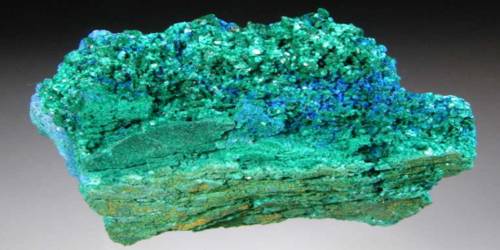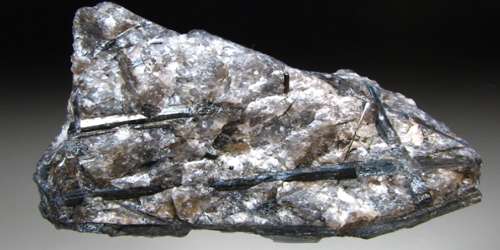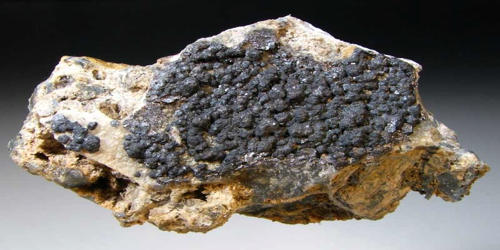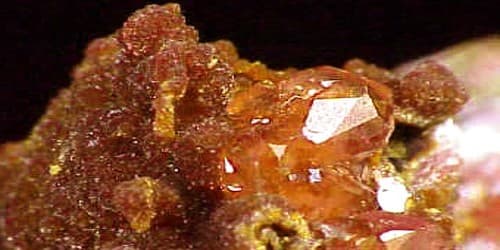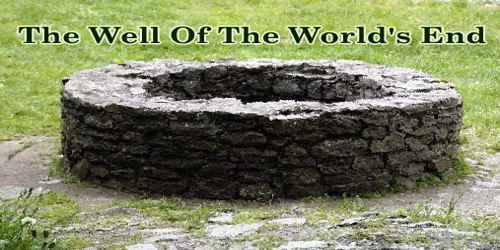Chalcophyllite is a rare secondary copper arsenate mineral occurring in the oxidized zones of some arsenic-bearing copper deposits. It is named from the Greek words for copper and leaf, is a rare secondary mineral that forms in the oxidation zone of copper ore deposits. It was first described from material collected in Germany.
Chalcophyllite has a green streak and that combined with its crystal habit make chalcophyllite difficult to misidentify. The mineral is named after the Greek, chalco “copper” and fyllon, “leaf”, in allusion to its composition and platy structure. It is a classic Cornish mineral that can be confused with tabular spangolite.
General Information
- Category: Arsenate minerals
- Formula: Cu2Al(AsO4)(OH)44(H2O),
- Crystal system: Trigonal
- Crystal class: Rhombohedral (3)
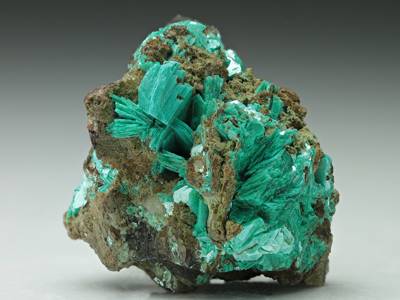
Properties
The mineral is soft, with hardness only 2, the same as gypsum. Specific gravity is generally given in the range 2.67 to 2.69, but Webmineral has 2.4 to 2.66. Chalcophyllite is soluble in acids and in ammonia. It is not fluorescent, nor radioactive. The water content varies at room temperature based on relative humidity.
- Color: Blue-green to emerald-green
- Crystal habit: Crystals platy and six-sided, also as rosettes, drusy, foliated or massive.
- Cleavage: Perfect on {0001}
- Fracture: Irregular
- Mohs scale hardness: 2
- Luster: Vitreous to subadamantine, pearly on {0001}
- Streak: Pale green
- Diaphaneity: Transparent to translucent
- Specific gravity: 2.67 to 2.69 or 2.4 to 2.66
Occurrence
Chalcophyllite is an uncommon mineral that occurs as a secondary mineral in oxidized arsenic-bearing hydrothermal, polymetallic deposits. Localities for Chalcophyllite include in Germany, Austria, Russia, England, France, the United States, Chile, and New Zealand as well as other more minor localities.
Chalcophyllite is an uncommon secondary mineral occurring in the oxidized zones of some arsenic-bearing hydrothermal copper deposits. Associated minerals include azurite, malachite, brochantite, chrysocolla, spangolite, connellite, cuprite, cyanotrichite, strashimirite, parnauite, lavendulan, cornubite, langite, clinoclase, pharmacosiderite, and mansfieldite.
Information Source:
